Best Frozen Embryo Transfer In India
Looking for the best-frozen embryo transfer in India? Look no further than Dr. Pratima Sekhar! With a lot of experience and a dedication to patient care, Dr. Sekhar has helped countless couples achieve their dreams of starting a family. Her clinic offers state-of-the-art facilities and a team of expert professionals who work tirelessly to ensure the success of every procedure. From initial consultations to post-procedure care, Dr. Sekhar and her team are there for you every step of the way. Contact her today to learn more about how she can help you achieve your dreams of parenthood.
What Is Frozen Embryo Transfer?
Frozen Embryo Transfer (FET) is a technique used in assisted reproductive technology (ART) to help couples conceive. In this procedure, embryos that have been previously frozen are thawed and transferred into the woman’s uterus. FET is a popular option for couples who have undergone in vitro fertilization (IVF) but have remaining viable embryos. The process involves hormone therapy to prepare the uterus for implantation and monitoring to determine the optimal time for the transfer. FET has a high success rate and is a safe and effective method for achieving pregnancy.
In India, Dr. Pratima Sekhar is a renowned infertility specialist who specializes in FET and other ART procedures. With her extensive experience and expertise, Dr. Sekhar has helped countless couples achieve their dream of parenthood.
How Frozen Embryo Transfer Beneficial For Infertility Treatment?
Frozen Embryo Transfer (FET) is a highly beneficial infertility treatment option that has revolutionized the world of assisted reproductive technology. At our reputed clinic in India, we offer state-of-the-art FET services to help couples struggling with infertility. Here are five reasons why FET is a great option for infertility treatment:
- Increased Success Rates: FET has a higher success rate compared to fresh embryo transfer because the frozen embryos are transferred at the most suitable time for implantation.
- Improved Control over Timing: FET allows for better control over the timing of the transfer, as the embryos can be frozen until the patient is ready for the transfer.
- Cost-Effective: FET can be a cost-effective option as frozen embryos can be stored for years, allowing patients to avoid the expense of multiple IVF cycles.
- Lower Risk of Ovarian Hyperstimulation Syndrome (OHSS): FET reduces the risk of OHSS as there is no need for ovarian stimulation.
- Higher Pregnancy Rates: FET has been found to result in higher pregnancy rates compared to fresh embryo transfers.
Book An Appointment
Commited To Trusted Health Care
Call Us at: (91) 7877111333
Our Treatments
Our Success Stories

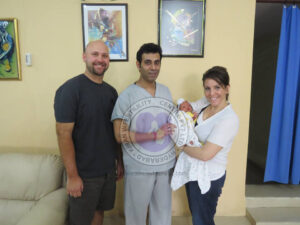


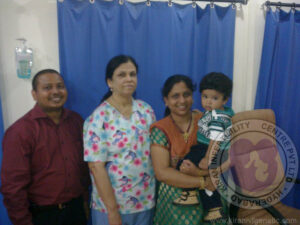

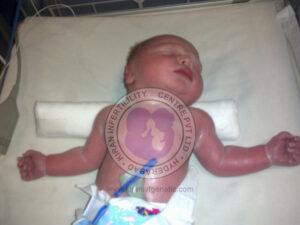

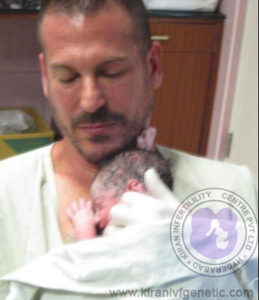
















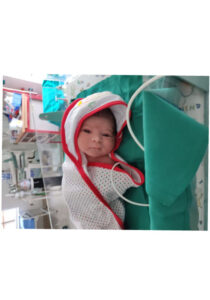




























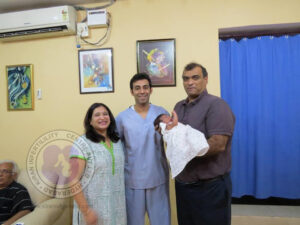





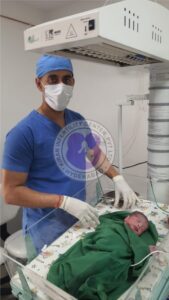





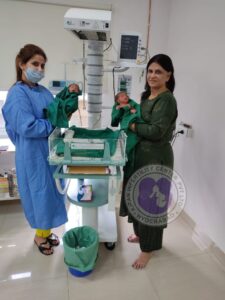
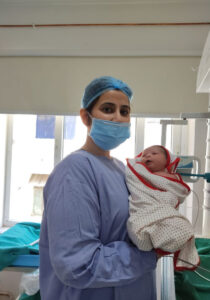
How do You prepare For Frozen Embryo Transfer Treatment?
Preparing for Frozen Embryo Transfer (FET) treatment is an essential step in ensuring a successful outcome. At our reputed clinic in India, we prioritize the well-being of our patients and offer comprehensive guidance on FET preparation. To prepare for FET, patients are advised to maintain a healthy lifestyle, including a balanced diet and regular exercise routine. It is also important to abstain from alcohol and tobacco use during this period. Before the treatment, our fertility experts conduct a thorough assessment of the patient’s medical history and current health status. This assessment may include blood tests, ultrasounds, and other diagnostic procedures. Patients may also be prescribed medications to regulate their menstrual cycle and prepare their uterus for embryo implantation. During this period, it is crucial to communicate openly with our fertility experts and follow their instructions carefully. By adhering to the recommended guidelines, patients can increase their chances of a successful FET and ultimately realize their dream of starting or expanding their family.
How Long Does Frozen Embryo Transfer Take? Step By Step Frozen Embryo Transfer Procedure In India
If you’re considering frozen embryo transfer (FET) to help you achieve your dream of having a baby, it’s important to understand the process and what to expect. At our clinic in India, we offer a comprehensive FET program to give our patients the best possible chance of success. Typically, the process takes anywhere from 6-8 weeks.
Step 1: Preparing for FET – Before the transfer, we will perform a thorough evaluation of your uterus to ensure it’s ready to receive the embryo. This may involve a hysteroscopy or ultrasound. You will also be given medications to help thicken your uterine lining and promote implantation.
Step 2: Thawing the Embryo – Once your uterus is ready, we will thaw the embryo in our laboratory. This is a delicate process that requires expertise and precision to ensure the embryo remains viable.
Step 3: Preparing for Transfer – Before the transfer, we will verify the quality of the embryo and confirm that it’s the best one to transfer. We will also give you medication to relax your uterus and make the transfer easier.
Step 4: Transfer – The transfer itself is a quick and painless procedure that takes only a few minutes. We will use a thin catheter to place the embryo into your uterus.
Step 5: After Transfer – After the transfer, you will be asked to rest for a short period. We may also recommend that you avoid strenuous activity for a few days.
Risk Of Frozen Embryo Transfer
Frozen embryo transfer is a commonly used assisted reproductive technology. It is important to discuss the potential risks and benefits of frozen embryo transfer with your doctor before making a decision. However, it is not without risks. Here are a few potential risks associated with frozen embryo transfer:
- Lower success rates: Frozen embryo transfer may have lower success rates compared to fresh embryo transfer. This is because the freezing and thawing processes can damage the embryos.
- Ectopic pregnancy: There is a small risk of ectopic pregnancy, where the embryo implants outside the uterus, with a frozen embryo transfer.
- Multiple pregnancies: There is a higher risk of multiple pregnancies with frozen embryo transfer, which can lead to complications for both the mother and the babies.
- Birth defects: Studies have suggested a slightly higher risk of birth defects with frozen embryo transfer compared to fresh embryo transfer.
- Increased cost: Frozen embryo transfer is often more expensive than fresh embryo transfer due to the additional cost of freezing and storing the embryos.
Why Choose Our Frozen Embryo Transfer Centre For Frozen Embryo Transfer Treatment
If you are looking for a reliable and experienced frozen embryo transfer center, you have come to the right place. Our clinic in India is equipped with state-of-the-art facilities and staffed by highly trained professionals who are dedicated to providing you with the best possible care. Here are some reasons why you should choose our centre for your frozen embryo transfer treatment:
- Experienced and Skilled Doctor: Our clinic is led by Dr. Pratima Sekhar, an experienced fertility specialist who has helped countless couples achieve their dream of parenthood. With her extensive knowledge and expertise, she can guide you through every step of the treatment process and answer any questions you may have.
- Advanced Technology: Our center is equipped with the latest technology and equipment to ensure that you receive the most advanced and effective treatment possible.
- Personalized Treatment Plans: At our center, we understand that every patient is unique, and we take the time to create personalized treatment plans tailored to your specific needs.
- High Success Rates: We are proud to have some of the highest success rates in the region, thanks to our skilled team, advanced technology, and personalized treatment plans.
- Supportive Environment: We understand that undergoing fertility treatment can be a stressful and emotional experience, which is why we strive to provide a supportive and caring environment for our patients.
Commited To Trusted Health Care
Get Your Quote Or Call: (91) 7877111333
